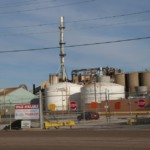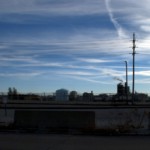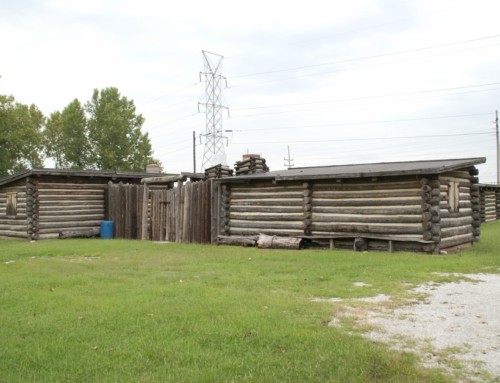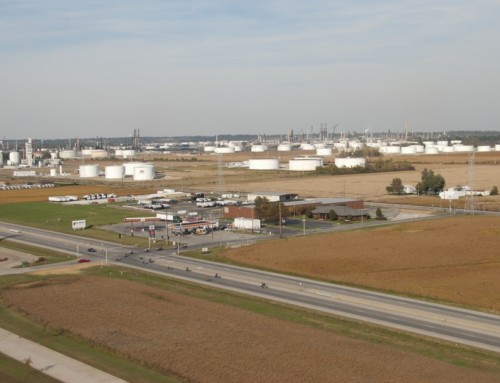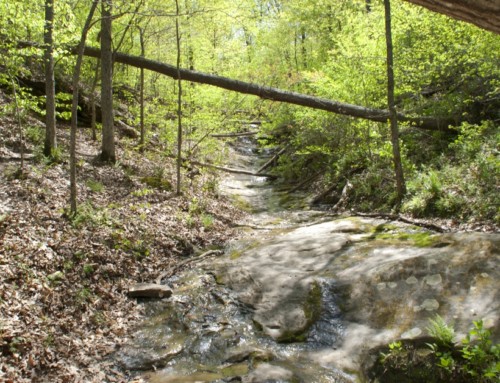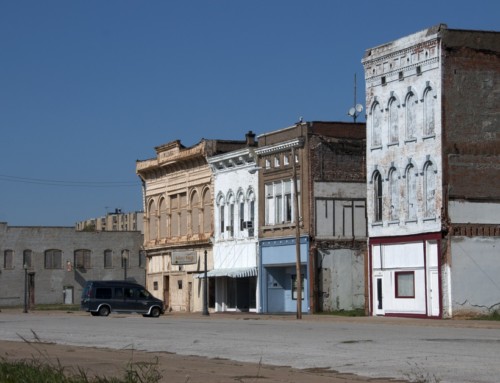Introduction
If you end up stopping in Sauget (we pronounce it like saw-ZHAY), it’s probably because it 3am, and the bars in Missouri have closed. Sauget has built a reputation as a four-square-mile refuge for after-hours partiers, as well as businesses that are often not welcome elsewhere, like chemical plants and hazardous waste dumps.
History
In 1926, Monsanto (which is now owned by the German company, Bayer) went looking for a location where it could build a plant where taxes were low and no one would ask what it was dumping on the land and in the water, back in the good ole days when pollution control was the sole responsibility of local governments. Monsanto purchased land just south of East St. Louis and founded a village they christened after themselves, then named Monsanto’s streets after some of the company’s executives. The man who owned the land, Ludwig Armand Sauget, was buddies with John Queeny, who founded Monsanto.
Since that time, other companies also liked the low-regulation business climate of Monsanto the village and located there, too. Some of the cities industries have included a big power plant, refineries, a fertilizer manufacturer, a zinc smelter, a toxic waste incinerator, and the company that manufactures the little cakes that deodorize urinals and public toilets. The city also opened several landfills, some of which welcomed hazardous wastes.
“We were basically incorporated to be a sewer,” Mayor Richard A. Sauget Jr told a reporter for the Wall Street Journal in 2006. Not that there’s anything wrong with that. Without functioning sewers, we’d all be in deep doo-doo. While American cities and suburbs are full of NIMBYs (Not In My Backyard!), Sauget is a town for YIMBYs. The property taxes generate enough revenue to provide free sewer, water, and cable to Sauget’s residents.
The first mayor of Monsanto was Leo Sauget, Ludwig’s son, who ran the show for several decades. The town was renamed after its most prominent political family in 1968. Every mayor to date has had the last name of Sauget and the family owns controlling shares in the Grizzlies baseball team, a couple of clubs, and about 20% of the houses. While it proved to be a good environment for businesses shunned by other communities, it didn’t attract many residents. The village’s population peaked in 1940 at 359 people but is less than half of that today. Still, the small village is served by a 16-person fire department and 16-person police department. If you ever visited one of the clubs that never close—like 6,000 people do on a typical weekend night—you’d understand why they need so many officers.
One legacy of the city’s low-regulation past is polluted land, water, and air that has gotten the attention of the federal Environmental Protection Agency. Sauget is home to two Superfund sites whose cleanup is overseen by the Environmental Protection Agency. One of them is a collection of former landfills and sludge ponds along the Mississippi River, some of which took hazardous waste from the former Monsanto plant (which was spun off as Solutia in 1997 but is now owned by Eastman Chemical Company), which was once the largest producer of polychlorinated biphenyl (PCB); PCBs were banned in 1979 after evidence accumulated that PCBs harmed human health and the environment. In 2004, Solutia completed work on a containment structure to prevent groundwater contaminated with “PCBs, benzene, chlorobenzenes, lead, and mercury”[i] from seeping into the river. Cleanup work continues to this day.
The other Superfund site is along appropriately named Dead Creek, which a former Sauget fire chief once described as having a blue glow “like the bottom of a flame on a stove.” Toxic chemicals flowed into the creek for decades from nearby industries and landfills; cleaning up the creek has cost over $50 million (so far), with those costs shared by taxpayers and businesses.
[i] https://www.epa.gov/hwcorrectiveactionsites/hazardous-waste-cleanup-solutia-inc-facility-sauget-illinois
Entertainment and Events
The Gateway Grizzlies play baseball in the Frontier League, a professional association with no ties to Major League Baseball. They play home games at GCS Credit Union Ballpark in Sauget (2301 Grizzle Bear Blvd.; 618.337.3000).
**Sauget is covered in Road Tripping Along the Great River Road, Vol. 1. Click the link above for more. Disclosure: This website may be compensated for linking to other sites or for sales of products we link to.
Where to Eat and Drink
Sauget is well-known for its clubs that never close. Pops (1403 Mississippi Ave.; 618.274.6720) hosts concerts from well-known musicians, while Oz Night Club (300 Monsanto Ave.; 618.274.1464) is a popular dance club and late-night mating carousel. You can find the strip joints without my help.
Where to Go Next
Heading upriver? Check out East St. Louis.
Heading downriver? Check out Cahokia.
Community-supported writing
If you like the content at the Mississippi Valley Traveler, please consider showing your support by making a one-time contribution or by subscribing through Patreon. Book sales don’t fully cover my costs, and I don’t have deep corporate pockets bankrolling my work. I’m a freelance writer bringing you stories about life along the Mississippi River. I need your help to keep this going. Every dollar you contribute makes it possible for me to continue sharing stories about America’s Greatest River!
©Dean Klinkenberg, 2024, 2021, 2018,2013,2011
